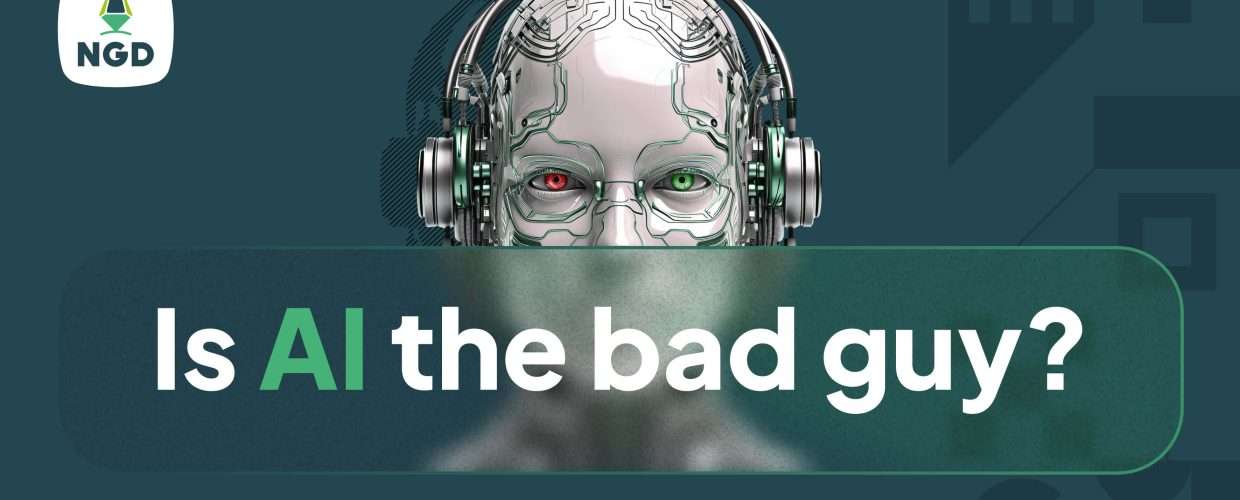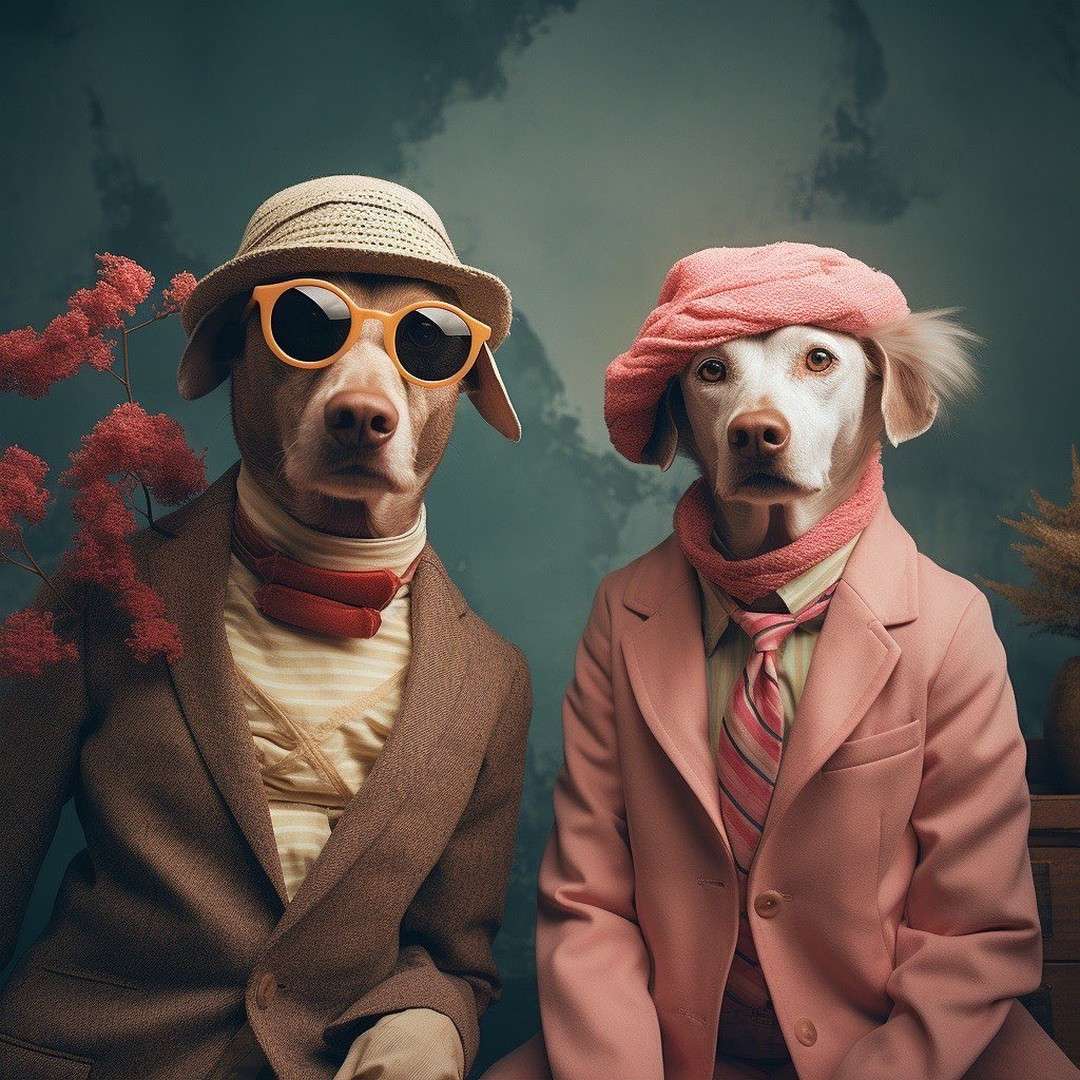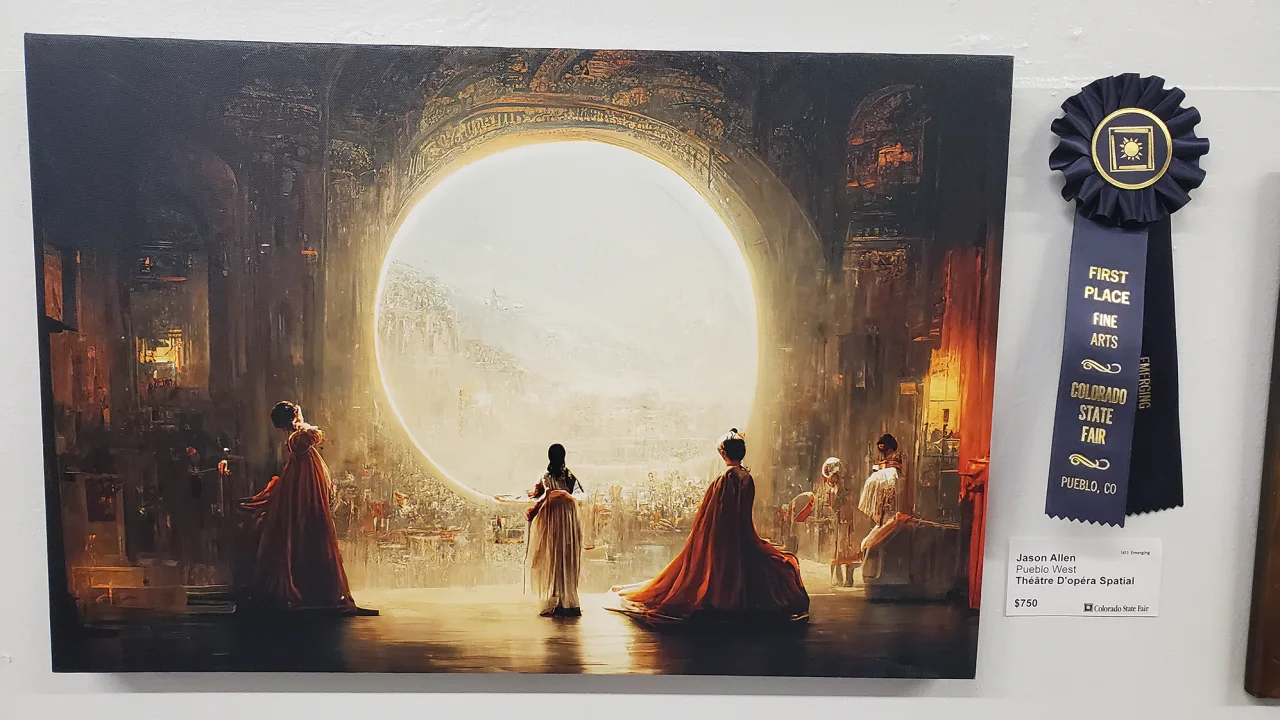Since the space movie Odyssey, Artificial Intelligence with its higher reasoning capabilities has been regarded as a concept to be feared. This concept was however confined to the realm of fiction, and few contemplated how the advancement of machines would influence their lives outside performing logical tasks. Fast forward to the present and the intersection of art and technology has given rise to groundbreaking innovations, none more captivating than the evolution of Artificial Intelligence capable of mimiking art with companies like Midjourney , DALL-E and Adobe’s Firefly leading the charge.
AI art created in Midjourney Image credit: Midjourney Gallery
Their rapid advancement has prompted a profound ethical and financial question: Should artists whose works contribute to training AI systems be compensated? In this extensive exploration, we will dissect this complex issue, considering a spectrum of perspectives and arguments.
The Origins: How Artists Fueled AI’s Rise
A German high school teacher by the name of Schuahmann played an unexpected role in the AI revolution. Along with a team of collaborators, Schuahmann created LAION4M, a colossal dataset of 4 million images paired with text, enabling machines to recognize and interpret visual elements. This ambitious project, initially aimed at liberating machine learning, inadvertently provided AI companies with the foundation they needed to develop image generation tools accessible to the public.
The outcry began when AI image generation tools like Midjourney and Adobe’s Firefly were built upon vast collections of artistic creations, all without compensating the original artists. This sparked a debate that now resonates across the art world.
Two High-Profile Lawsuits: The Battle for Artist Compensation
Two landmark lawsuits have emerged as battlegrounds in this ongoing struggle:
- Kelly McKernan’s Lawsuit: This lawsuit pits Kelly McKernan, an artist, against the creators of AI tools that generated imagery resembling her work without her consent. McKernan and fellow artists seek to protect their copyrights and careers in the face of AI systems that have utilized their work.
- The Class-Action Lawsuit: A collective effort led by artists including Kelly McKernan, Karla Ortiz, and Sarah Andersen, this lawsuit targets Stability AI, Midjourney, and DeviantArt. It asserts that AI image generators violate the rights of countless artists by creating derivative works that directly compete with the originals.
Should Artists be compensated if Platforms like Adobe Have Rights to Images in their Platform
Artists invest countless hours, creativity, and effort into crafting their works. When AI utilizes their creations to enhance its capabilities, a question naturally arises: Shouldn’t artists be entitled to compensation for their contributions? Recognizing the intrinsic value of artistic input is a fundamental aspect of this debate.
Acknowledging Intellectual Property:
One compelling argument in favor of compensating artists revolves around intellectual property rights. Artists, like any creators, hold the copyrights to their works. When AI systems employ these works, it is crucial to respect these rights and provide fair compensation. This acknowledgment aligns with ethical principles and is a matter of recognizing artists’ contributions to the advancement of technology.
Fostering Fairness and Ethics:
Beyond the legal aspects, the case for compensating artists is rooted in ethical considerations. Fair compensation demonstrates respect for artists’ creative endeavors and encourages a sense of fairness within the art and technology communities. It recognizes that artists are active participants in the evolution of AI.
The Case Against Compensation
However, there exists an opposing viewpoint. Some argue that artistic content used for AI training should be considered part of the public domain. This perspective encourages free expression and innovation, as it allows AI researchers and developers to leverage a wide range of creative works without financial constraints.
Determining Value: A Complex Challenge
One of the complexities in this debate is quantifying the exact value of an individual artwork’s contribution to AI development. AI algorithms process vast amounts of data, making it difficult to isolate the unique impact of a single piece of art. This intricate challenge further fuels the debate over compensation.
Fair Usage
The fair usage claim allows artist create new works of arts from existing pieces provided these new pieces differ substantially from the original. AI outputs in most cases rarely bear any resemblance to their source files allowing them lay claim to Fair usage. In 2012 for instance , courts granted a ruling in Richard Prince’s favor, announcing his works, incorporating the style of a French photographer into his canal zone paintings, as non-violative of copyright claims. As long as AI continues to produce works bearing little resemblance to their originals there’s no way to call it foul .
Again, artist might complain about the use of their style but again style has been ruled as “ non-exclusive property“.
Artist Do The Same Thing
Another argument posits that artist themselves create new works in the same way as AI ; they reference the works of other artist and create something new. Now if artists create new pieces from previous works without paying their sources of inspiration why Should they be paid when their works are used by AI to generate new art?
The Broader Implications: Devaluation of Creativity
Image Credit : pexels-daian-gan
The issue of Compensation for artist whose works train AI is a serious one but it pales in comparison to the real issue- That of devaluation.
Why pay a premium for an original artwork when AI can replicate it at a fraction of the cost? why keep a designer on a payroll when AI can be used for free? These concerns now trouble the artist in 2023 and become more pronounced as access to AI tools are made easier.
The Potential Synergy of AI and Creativity
As artist battle the concept of AI in today’s world some argue that rather than viewing AI as a threat, a symbiotic relationship between AI and artists is possible.
AI’s ability for instance to interpret and process copious amounts of data can assist artists in developing complex concepts efficiently. This partnership may lead to innovative collaborations, pushing the boundaries of what art can be. An example is Jason Allen’s famous Renaissance painting developed with over 80 hours work using Midjourney. His creation reflected middle age Europe in a futuristic setting a feat that may have been impossible or taking longer.
Jason Allen’s winning Renaissance Art created by AI
Again, despite AI’s advancements, many employers and individuals continue to place their trust in experienced human creatives for visual tasks. They recognize that AI cannot fully replicate the quality, depth, and unique perspective that human craftsmanship offers. Companies, including those in the gaming industry, still hire designers despite the existence of text-to-image generator tools. Thus, the case still stands that Artist have to develop themselves further to be of use in a world where creativity can be generated in seconds.



